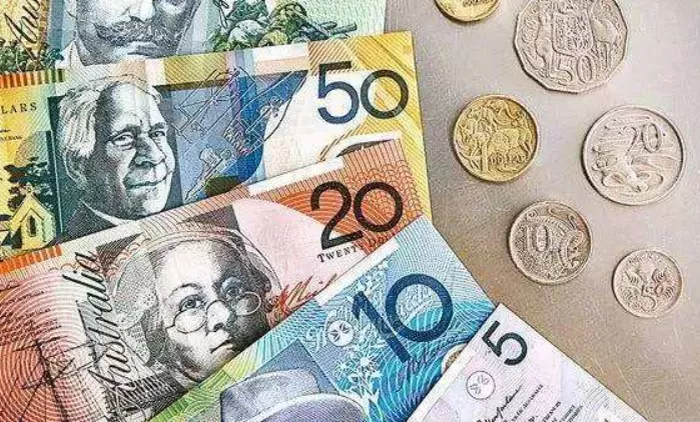The global economic landscape is marked by constant fluctuations, and currency stability is a crucial factor for any nation’s economic health. In this context, the Australian dollar (AUD) has long been considered a robust and reliable currency. However, recent global economic events and shifts in market dynamics have raised questions about the safety and stability of the Australian dollar. This article aims to provide a comprehensive analysis of the factors influencing the stability of the Australian dollar and to assess its current safety in the international financial markets.
Historical Stability
Australia’s economic resilience and prudent fiscal policies have historically contributed to the stability of the Australian dollar. The country has experienced consistent economic growth, low unemployment rates, and a sound financial system. Additionally, Australia has a well-regulated banking sector, which has played a significant role in maintaining the stability of the currency.
The Reserve Bank of Australia (RBA) has been instrumental in ensuring price stability and fostering economic growth. Through monetary policy tools and interest rate adjustments, the RBA has effectively managed inflation and supported the overall stability of the Australian economy. This historical track record has instilled confidence in investors and market participants, contributing to the perceived safety of the Australian dollar.
Global Economic Factors
Despite Australia’s robust economic fundamentals, the Australian dollar is not immune to global economic forces. External factors, such as fluctuations in commodity prices, global trade tensions, and geopolitical uncertainties, can impact the currency’s stability. Australia is a major exporter of commodities, particularly iron ore and coal, and is highly dependent on global demand and pricing trends.
The recent trade tensions between major global economies, along with the economic fallout from the COVID-19 pandemic, have added an element of uncertainty to the international economic landscape. As a result, investors are closely monitoring the potential impacts on the Australian dollar and its safe-haven status.
Commodity Prices and Trade Balance
Commodity prices play a pivotal role in shaping Australia’s economic performance, given its status as a major commodity exporter. The country’s trade balance is closely tied to fluctuations in commodity prices, influencing the demand for the Australian dollar. Historically, a booming global commodities market has strengthened the Australian dollar, while downturns can lead to depreciation.
China, as one of Australia’s largest trading partners, holds significant influence over the Australian dollar. Any disruptions in the economic relationship between Australia and China, such as trade disputes or shifts in demand for Australian commodities, can have cascading effects on the currency. Diversifying trade relationships and reducing dependency on a single market may mitigate potential risks associated with external economic factors.
Interest Rates and Monetary PolicyA Comprehensive Analysis
The Reserve Bank of Australia’s monetary policy decisions and interest rate adjustments play a crucial role in determining the Australian dollar’s strength. Changes in interest rates can influence investor behavior, affecting the attractiveness of Australian assets and, consequently, the demand for the currency.
Amid the global economic challenges, central banks worldwide have adopted accommodative monetary policies, including low-interest rates, to stimulate economic recovery. The RBA’s approach to monetary policy will be pivotal in navigating the Australian economy through these uncertain times and maintaining the stability of the Australian dollar.
Fiscal Policies and Government Debt
Australia’s fiscal policies and government debt levels also contribute to the overall stability of its currency. Prudent fiscal management and a commitment to maintaining a balanced budget have historically been key strengths of the Australian government. A lower level of government debt reduces concerns about the sustainability of the country’s finances, contributing positively to investor confidence.
SEE ALSO What Colour Are Australian $20 Notes?
Conclusion
In conclusion, the safety and stability of the Australian dollar remain contingent on a multitude of factors, both domestic and global. While Australia’s historical economic resilience, sound fiscal policies, and well-regulated financial system have positioned the currency as a reliable choice for investors, external forces such as global economic uncertainties and trade tensions can introduce volatility.
As the world grapples with ongoing challenges, including the aftermath of the COVID-19 pandemic and evolving geopolitical dynamics, a proactive approach by policymakers, including the Reserve Bank of Australia, is essential. By closely monitoring economic indicators, diversifying trade relationships, and implementing effective monetary and fiscal policies, Australia can navigate through uncertainties and maintain the integrity of the Australian dollar in the global financial landscape. Investors and market participants will continue to scrutinize these factors, shaping perceptions of the Australian dollar’s safety and stability in the years to come.


